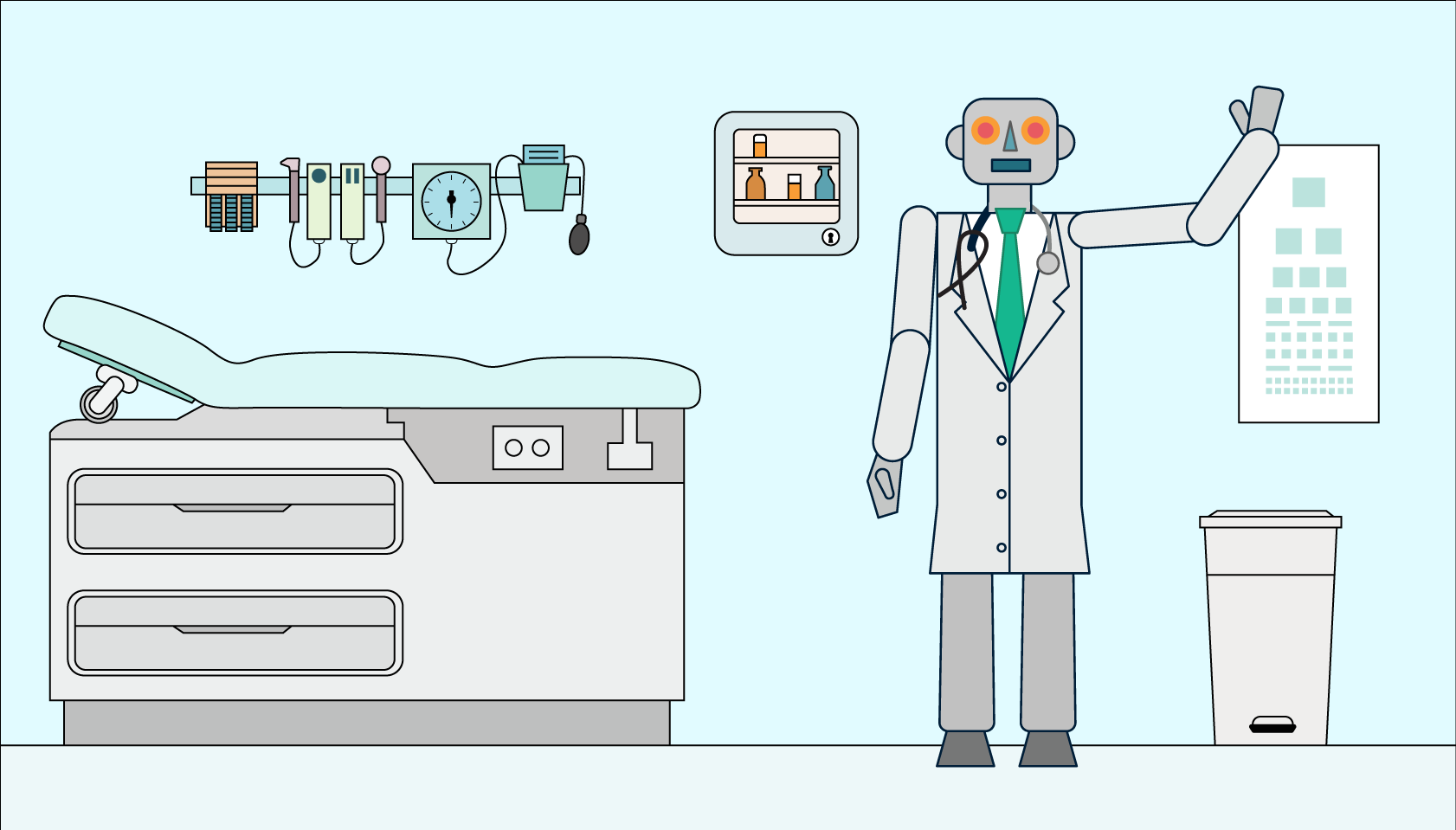The rise of robot surgeons
Apr 13, 2017

Robot automation is inescapable even for surgeons. Robotic surgeons could be a huge improvement toward getting rid of malpractice in surgery.
Even though robot surgeons have been around for three decades, they have much to learn before we throw them into the operating room.
Just like an eager teenager that wants to get their driver’s license has to go through driver’s ed courses, there is a progression these robot surgeons must go through before they can be fully autonomous surgeons.
For that reason, Science Robotics produced a scale outlining the steady progression of autonomy robot surgeons should adhere to while learning the ropes.
Five step plan to robot autonomy
Step 0 is no autonomy. Robot surgeons don’t exist, just like a teen doesn’t have any driving experience.
Step 1 is robot assistance. Robot surgeons will merely assist a human surgeon in the operating room, perhaps by providing tools. This is like driver’s education for a teen, learning all the rules of the road.
Step 2 is task autonomy. Robot surgeons will be given specific tasks to complete and master, such as sealing incisions with surgical glue. Now, the teen drives in a parking lot, getting a feel for the car, free from much danger.
Step 3 is conditional autonomy. A human operator will oversee robot surgeons while they fulfill surgical maneuvers decided by the human. At this point, the teen has their learner’s permit and drives around with an instructor, who tells them what to do and when to do it.
Step 4 is high autonomy. The robot surgeon is still under the watch of a human operator, but the robot surgeon now has the ability to make their own decisions real-time. For a teen, this is the driving test where someone grades their performance to see if they are worthy of obtaining their license.
Step 5 is full automation. Robot surgeons at this point are equal to or better than human surgeons at procedures and real-time decisions and are given free-reign to operate. Finally, the teen has their driver’s license.
Easier said than done.
See one, do one, teach one
For decades, surgeons have learned their skills under the mantra of “see one, do one, teach one”. This progression gave them the knowledge, then the practice, and finally the wisdom of surgery...and, mostly, it worked.
But, the robot surgeon automation progression makes sense until things go wrong. With human surgeons that were learning the ropes, if something went wrong, the blame most likely fell on the teacher who was overseeing the operation.
But, what happens if a robot makes a snip where they should’ve made a snap? Whose fault is it then? And where does the patient fit into the progression of actually allowing these robots to do the task?
Science Robotics realizes that this progression isn’t all-encompassing – that it doesn’t tell the entire story of robot automation in the operating room.
Historically speaking, these kinks will naturally unkink
Technology in healthcare is far behind on the adoption curve. For instance, physicians are just now beginning to use iPads as a means of treatment with telemedicine. That’s because the healthcare industry is very careful about vetting new technology.
Honestly, digital health is one of the most innovative industries, it is just held to a very high standard.
So, while it may be unsettling to look at these steps and realize we are already on step 2 or 3 of robots’ 5-step plan for surgical domination, remember that healthcare is slow to adopt tech. Imagine what the rest of the world will look like by the time we reach step 5.
We’ll probably be traveling in tunnels underground, buying Big Data information like buying groceries, and communicating solely with chatbots.
